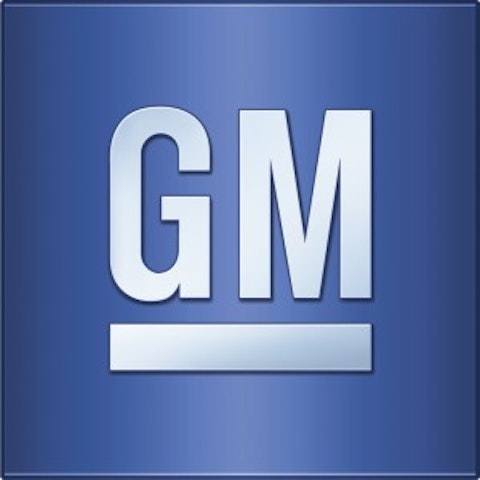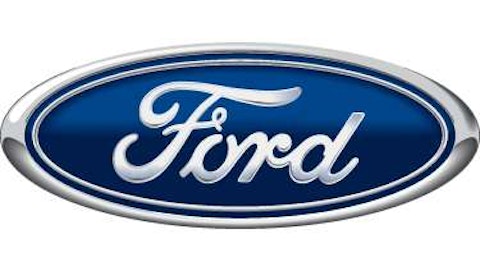
The “Big Three” and the American century
For nearly a century, the American automotive industry was dominated by the “Big Three”: General Motors Company (NYSE:GM), Ford Motor Company (NYSE:F), and Chrysler. After the Second World War, like most American mega-corporations, the Big Three went worldwide, buying smaller European retailers and setting up plants to accommodate the growing appetite for the car in Europe, Asia, and South America. In doing so, sales of American cars were unrivaled, and Detroit became synonymous with American economic might.
Unfortunately, the last three decades of the 20th century and the first of the 21st century, brought challenges to the American car. Japanese automakers, owing to a revamped post-war economy and cheap currency, began to export cars as well, such as the popular Toyota and Honda brands. High production costs and tight union contracts ate away at American profits, and overexpansion into unprofitable markets like Europe brought the decline of the American car, culminating in bankruptcy and bailouts for General Motors Company (NYSE:GM) and Chrysler in 2009. Detroit, once the center of American industry, has lost 60% of its people in just a few decades, and has gone into default thanks to corrupt local government, and an impoverished population.
While Detroit may no longer be the center of American industry (as big an understatement as you can have), the American car is getting back on its feet, leading the way in fuel-efficient vehicles and rising sales figures across the globe.
The rise, fall, and rise again of General Motors
No other company personified American dominance in the 20th century like General Motors, and no other company personified the 2008-2009 financial meltdown like General Motors Company (NYSE:GM). Its rise from a conglomerate of local Michigan automakers (like Cadillac and Pontiac) in the early 1900’s to the world’s most dominant automotive company in the 1930’s was a symbol of America becoming a global power. Likewise, its expansion into European markets after World War II symbolized how America became the global superpower, and its bankruptcy in 2009 was testament to the fall of American industry as we knew it.
Today, GM may be nowhere near its peak of power, but after a trimming-down and restructuring, the company is back in the black. After re-launching as an IPO in 2010 at $33/share, General Motors Company (NYSE:GM) shares have jumped 1.2%. This is due to two straight years of unit sale increases in 2011 and 2012, after a decade of declining sales that saw the company’s 76-year streak as #1 automaker come to an end in 2007. Fortunately, 2012 saw the best year for General Motors Company (NYSE:GM) since restructuring, selling 2.6 million units in the United States. It’s still down from a 1999 high of 5 million vehicles, but at least the numbers are headed in the right direction in GM’s backyard.
Buicks in Beijing
GM’s main profit engine will not be in America, though: it will be in China. Before the recession hit, GM could boast a 12% market share in China in 2008, its largest share of a country’s market other than the US, and that number has increased since then. Thanks largely to the success of its Buick range with the luxury minded Chinese middle class, as well as an expansion of production facilities around Shanghai, June was the best month for sales since September 2008. For the first half of 2013, sales increased by 10.6% from 2012, with Buick sales increasing 16.9% over that same time frame. With increasing demand for luxury vehicles from the Chinese middle class, coupled with poor European and Japanese auto sales in China as well (Europe because of their economy and Japan because of anti-Japanese sentiment), there is room for General Motors Company (NYSE:GM) to spread its wings and fly for close to a decade, which will increase company profits and make shareholders pretty happy.



